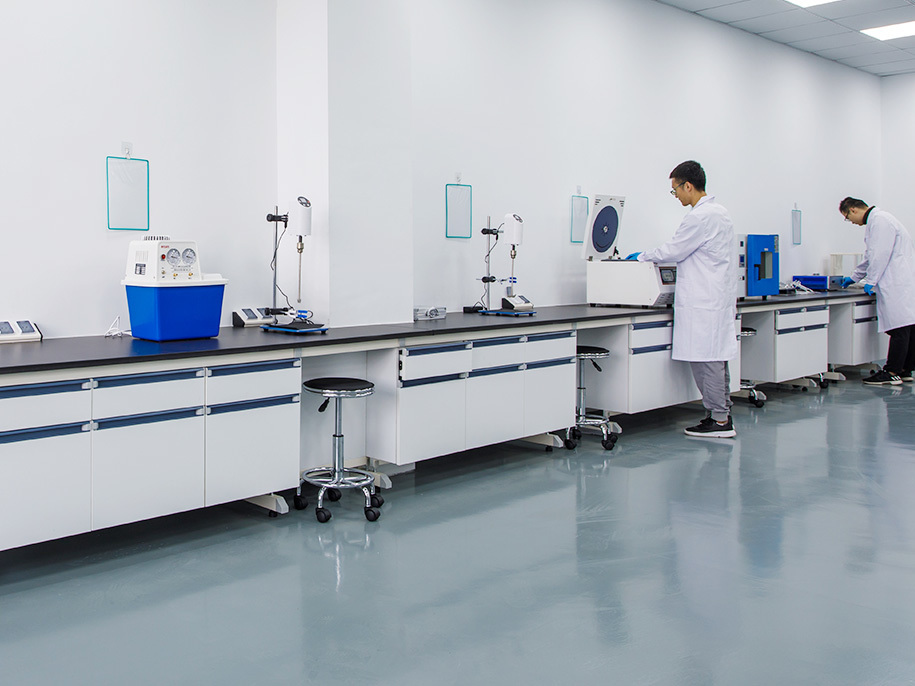CNTs in Next-Generation Sensors: Unlocking Ultra-Sensitive Detection
In the age of smart technologies and data-driven decision-making, sensors are the backbone of countless industries—from healthcare and environmental monitoring to industrial automation and defense. As the demand for miniaturized, highly sensitive, and multifunctional sensors grows, conventional sensing technologies are reaching their performance limits.

Enter carbon nanotubes (CNTs)—cylindrical nanostructures of carbon atoms with exceptional electrical conductivity, mechanical strength, surface area, and chemical tunability. These properties make CNTs ideal candidates for next-generation sensors capable of detecting gases, biomolecules, pressure changes, radiation, and even subtle chemical reactions at unprecedented levels of sensitivity.
By integrating CNTs into sensor designs, researchers and industries are unlocking innovations in medical diagnostics, wearable devices, smart cities, environmental safety, and aerospace technologies.
Why CNTs for Sensors?
Carbon nanotubes possess a unique combination of properties that make them superior to traditional sensor materials:
-
High Surface Area → Provides abundant active sites for molecule adsorption.
-
Excellent Conductivity → CNTs are metallic or semiconducting, enabling ultra-fast signal transduction.
-
Chemical Tunability → Surface functionalization allows CNTs to selectively interact with specific molecules.
-
Mechanical Flexibility → Perfect for wearables and flexible electronics.
-
Nanoscale Dimensions → Enables miniaturization of sensors with ultra-low detection limits.
In essence, CNTs allow sensors to be smaller, faster, more sensitive, and multifunctional compared to their conventional counterparts.
Types of CNT-Based Sensors
1. CNT Gas Sensors
-
Detect trace gases such as CO₂, CO, NH₃, NOx, and volatile organic compounds (VOCs).
-
Applications: industrial safety, environmental monitoring, and smart city air quality systems.
-
Example: CNT networks functionalized with metal nanoparticles for selective gas detection at parts-per-billion (ppb) levels.
2. CNT Biosensors
-
Detect biomolecules such as glucose, cholesterol, DNA, and cancer biomarkers.
-
Useful for point-of-care diagnostics, wearable health monitors, and personalized medicine.
-
CNTs enhance sensitivity due to their biocompatibility and ability to immobilize enzymes or antibodies.
3. CNT Pressure and Strain Sensors
-
Used in flexible electronics, robotics, prosthetics, and aerospace systems.
-
CNT networks embedded in polymers detect subtle mechanical deformations.
-
Example: Smart textiles with CNT-based strain sensors for real-time body motion tracking.
4. CNT Radiation and Chemical Sensors
-
CNTs can detect radiation, toxic chemicals, and explosives at ultra-low concentrations.
-
Defense and security sectors benefit from these next-gen detection systems.
5. CNT Optical and Photonic Sensors
-
CNTs interact with light at nanoscale dimensions, enabling photodetectors and optical sensors.
-
Applications in telecommunications, imaging, and quantum sensing.
Applications Across Industries
1. Healthcare and Medical Diagnostics
-
Wearable health monitors for blood glucose, oxygen, and stress biomarkers.
-
Implantable CNT biosensors for real-time disease monitoring.
-
CNTs enable early detection of cancer and infectious diseases, revolutionizing personalized medicine.
2. Environmental Monitoring
-
Detect trace pollutants in air, water, and soil.
-
Portable CNT sensors for real-time climate and air quality tracking.
-
Critical for urban sustainability and smart city ecosystems.
3. Food Safety and Agriculture
-
CNT biosensors can detect pathogens, pesticides, and spoilage gases.
-
Enables supply chain transparency and food freshness tracking.
-
Smart packaging with CNT sensors for dynamic expiration date monitoring.
4. Industrial Safety and Automation
-
CNT gas sensors detect leaks of hazardous gases in chemical plants.
-
Pressure and strain CNT sensors improve structural health monitoring of pipelines and machinery.
5. Defense and Aerospace
-
CNT-based detectors for explosives, toxic gases, and radiation threats.
-
Integration into aerospace systems for ultra-lightweight, high-performance sensing.
Case Studies and Research Highlights
-
MIT Research: Developed CNT-based biosensors capable of detecting cancer biomarkers at femtomolar concentrations.
-
NASA: Uses CNT gas sensors in spacecraft for real-time air quality monitoring.
-
Tokyo Institute of Technology: Demonstrated CNT-based wearable strain sensors embedded in textiles for motion tracking.
-
European Defense Projects: CNT nanocomposite sensors being developed for explosives and chemical warfare agents detection.
Advantages of CNT-Based Sensors
-
Ultra-Sensitivity → Detects single molecules in some cases.
-
Rapid Response Time → Faster than traditional silicon-based sensors.
-
Miniaturization → Enables compact and portable devices.
-
Multifunctionality → One CNT sensor can detect multiple analytes with proper functionalization.
-
Flexibility and Wearability → Perfect for smart textiles and next-gen medical devices.
-
Energy Efficiency → Low power consumption, essential for IoT devices.
Challenges to Overcome
-
Scalability → Manufacturing CNT sensors at large scale remains complex.
-
Selectivity → Functionalization is needed to ensure precise detection.
-
Stability → Long-term durability under environmental conditions must be improved.
-
Integration with Electronics → Challenges in embedding CNT sensors into commercial systems.
-
Cost Factors → High-quality CNT synthesis and processing are still expensive.
Future Outlook
The future of CNT-based sensors is bright, with ongoing research and commercial pilots in multiple industries. Expected developments include:
-
Smart Wearables → CNT biosensors embedded in clothing and skin patches for continuous health monitoring.
-
IoT Integration → CNT sensors connected to wireless networks and AI analytics for real-time decision-making.
-
Point-of-Care Diagnostics → Affordable, portable CNT devices for early disease detection.
-
Next-Gen Environmental Monitoring → Networks of CNT sensors for global climate and pollution tracking.
-
Aerospace Applications → Lightweight CNT sensors in spacecraft for structural monitoring and life support systems.
By combining nanoengineering, biotechnology, and AI-driven analytics, CNT sensors will play a pivotal role in shaping the next wave of smart sensing technologies.
Carbon nanotubes in next-generation sensors are redefining the limits of detection and sensitivity. With their high conductivity, surface area, and tunability, CNTs provide unparalleled opportunities in biosensing, gas detection, pressure monitoring, and environmental safety.
From healthcare and agriculture to defense and aerospace, CNT-based sensors are at the forefront of innovation, promising smaller, faster, and smarter devices. While scalability and stability challenges remain, the market potential is immense, and the integration of CNT sensors into everyday life is accelerating rapidly.
As the world embraces IoT, smart healthcare, and sustainable cities, CNTs will be at the center of a new era of ultra-sensitive, next-generation sensors.

